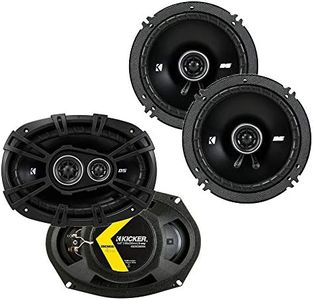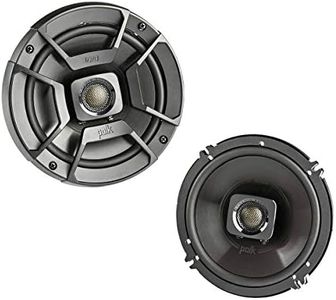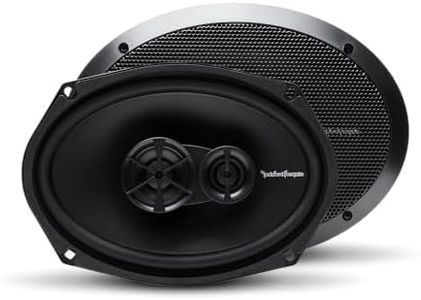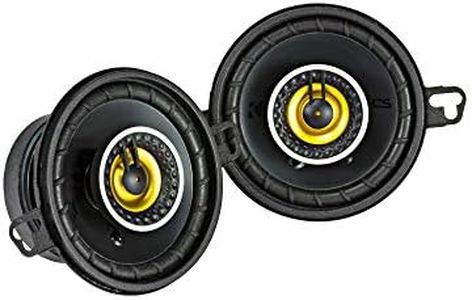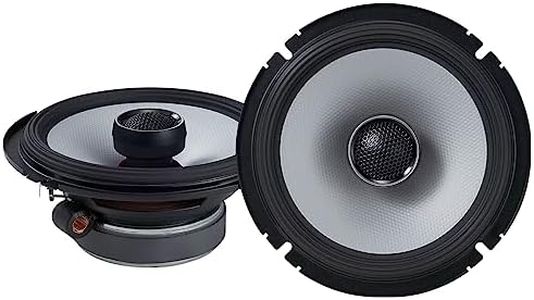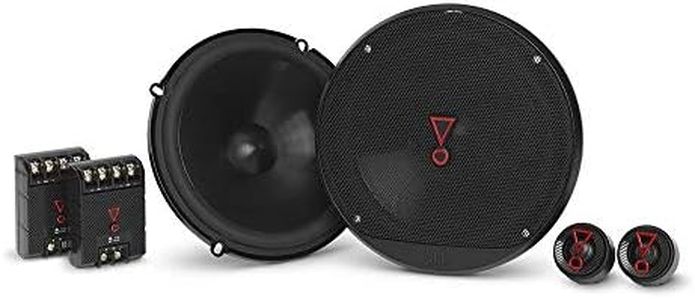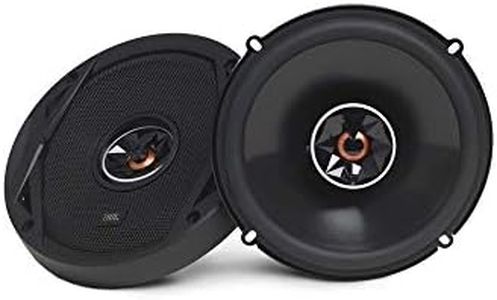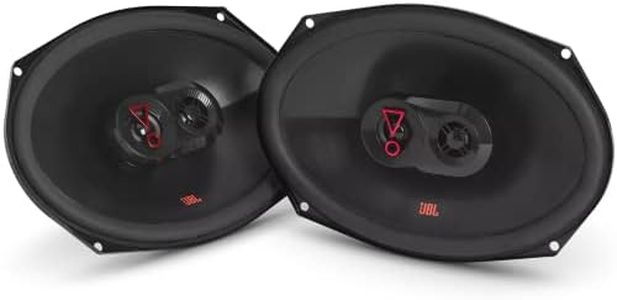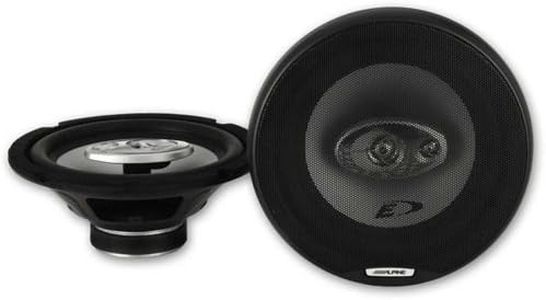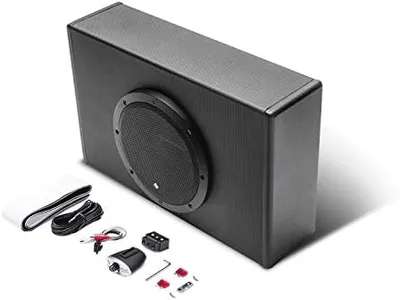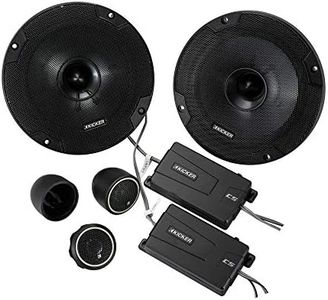We Use CookiesWe use cookies to enhance the security, performance,
functionality and for analytical and promotional activities. By continuing to browse this site you
are agreeing to our privacy policy
10 Best Car Speakers
From leading brands and best sellers available on the web.By clicking on a link to a third party's website, log data is shared with that third party.
Buying Guide for the Best Car Speakers
Choosing the right car speakers can make a huge difference in your driving experience, letting you enjoy music, podcasts, or even audiobooks with clear and powerful sound. When shopping for car speakers, it's important to think about what kind of sound you enjoy, the size of your vehicle, and how much effort you're willing to put into installation. Understanding key specifications will help you cut through marketing claims and focus on what matters for your needs.Speaker SizeSpeaker size simply refers to the diameter of the speaker itself, usually measured in inches. This is important because your car only has space for certain sizes, and larger speakers can often produce deeper bass and fuller sound. Common sizes include 6.5 inches, 6x9 inches, and 5.25 inches. Smaller sizes fit compact cars and are easier to install but offer less bass, while larger sizes are best for those who want more powerful sound and have space for them. Choose a size that fits your car’s speaker openings—measure your current speakers or check your vehicle’s manual.
Power Handling (Watts)Power handling tells you how much power a speaker can manage from your car stereo or amplifier without distorting or getting damaged. This is measured in watts (W), often split into 'RMS' (continuous power) and 'Peak' (maximum power for short bursts). Speakers with higher power handling are good if you plan to use an external amplifier for louder volume. For most daily drivers using only the car’s built-in stereo, moderate power handling is sufficient. Match the speaker's RMS rating to your stereo or amplifier’s output for best results.
SensitivitySensitivity measures how efficiently a speaker converts power into sound, often listed in decibels (dB). Higher sensitivity speakers (above 90dB) produce more sound from less power, making them great for cars with factory radios that don’t have a lot of power. Lower sensitivity speakers are suited for setups with powerful amplifiers. If you don’t plan on installing an amp, choose high-sensitivity speakers for better volume and clarity.
Speaker Type (Coaxial vs. Component)Car speakers come in two main types: coaxial (full-range) and component. Coaxial speakers combine all sound drivers (woofer and tweeter) into one speaker and are simple to install, making them suitable for most everyday users. Component speakers separate the drivers for higher sound quality but require more installation work and expertise, making them better for enthusiasts who want improved audio and can commit to a more complex install. Choose coaxial for ease, component for performance.
Frequency ResponseThe frequency response tells you the range of sounds the speaker can play, usually given in hertz (Hz), showing the lowest and highest tones. A wider range means you’ll hear more of both bass and treble. Some speakers may have a range from 40Hz to 20kHz, letting you enjoy deep bass and crisp highs. Casual listeners can go with a typical range, while those who want deep bass or sparkling treble may want speakers with a broader frequency response.
Build MaterialSpeaker parts are made from different materials, which can affect sound quality and durability. For example, woofers made from polypropylene or treated fabrics resist moisture and last longer, while tweeters made from silk or metal offer different sound textures. Durable, quality materials are a smart choice if you want your speakers to last and sound good, especially in climates with lots of heat or humidity. Pay attention to build material if you want a certain sound feel or care about long-term reliability.
